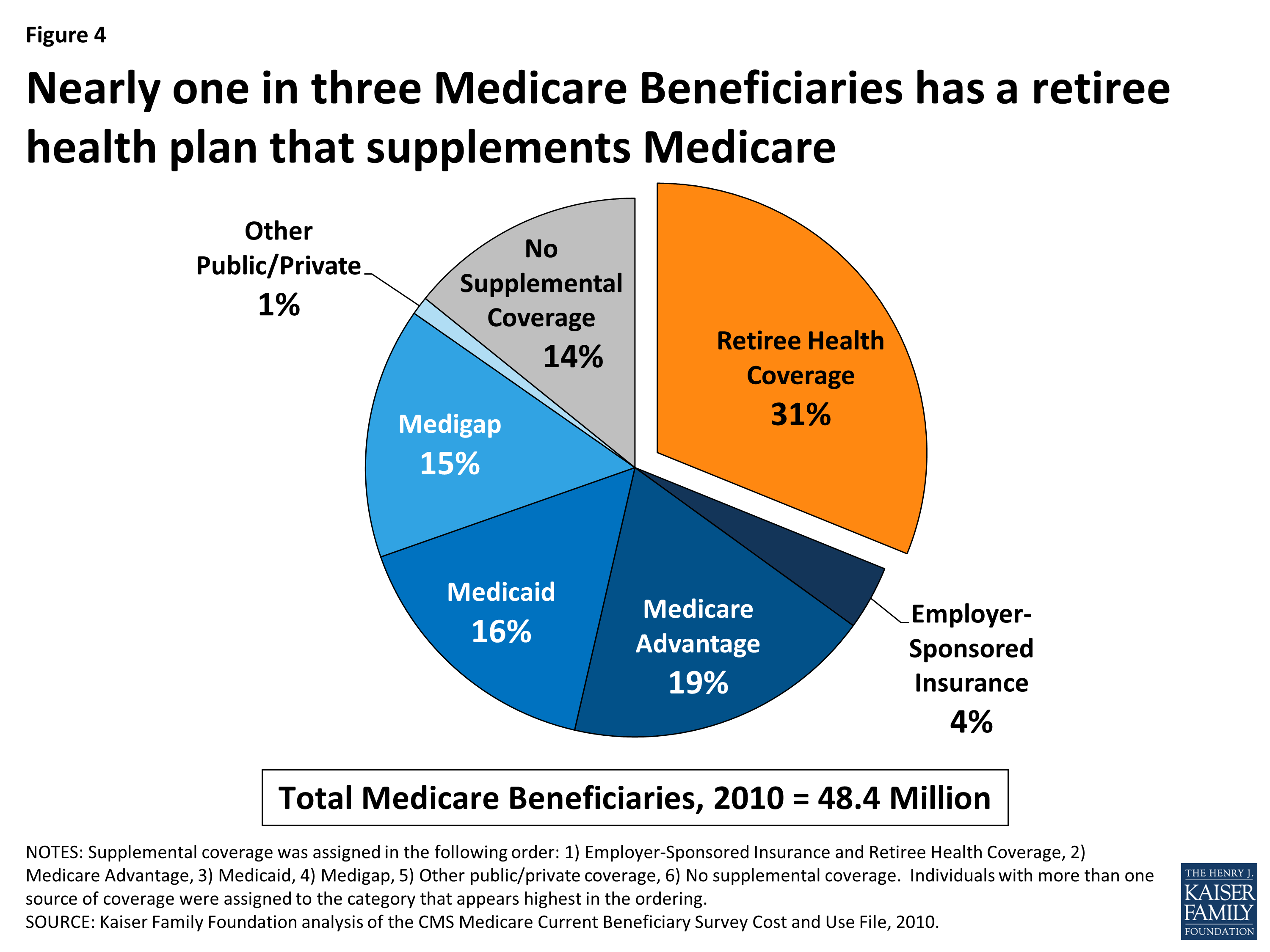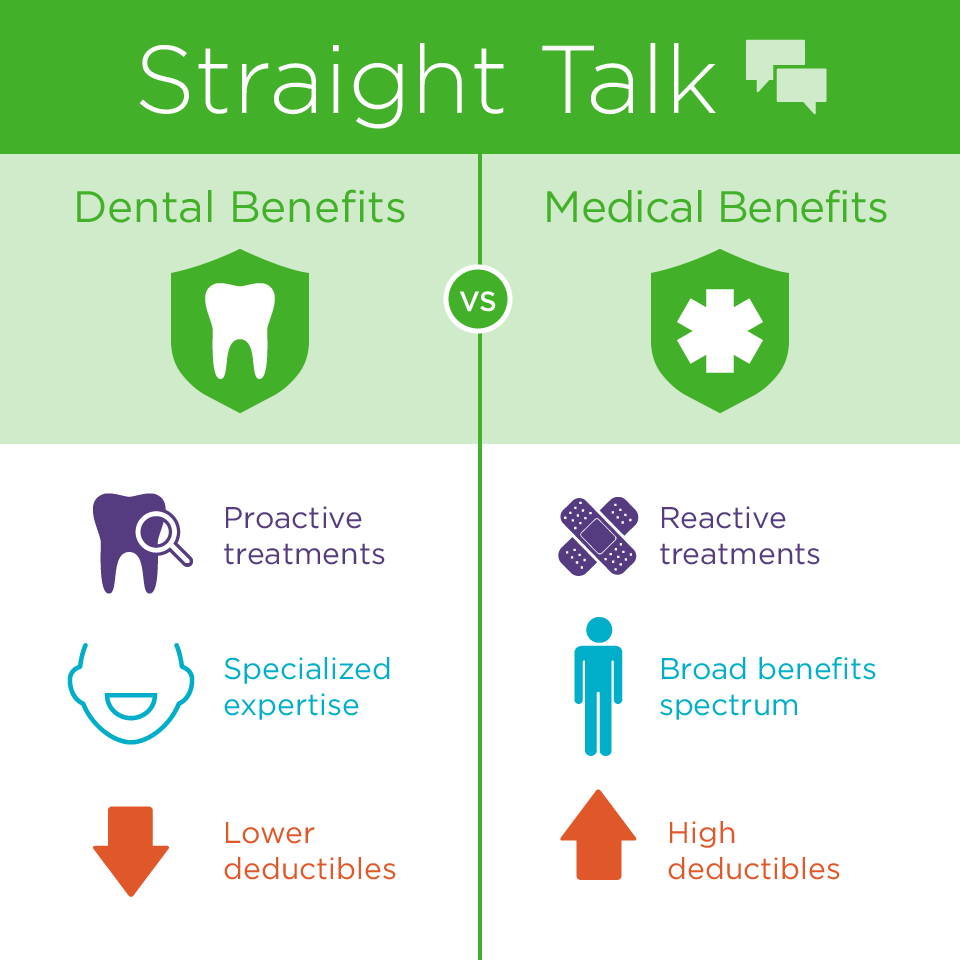Some Known Factual Statements About Medicare Advantage Agent
Some Known Factual Statements About Medicare Advantage Agent
Blog Article
Excitement About Medicare Advantage Agent
Table of ContentsSome Known Incorrect Statements About Medicare Advantage Agent Medicare Advantage Agent Can Be Fun For EveryoneSee This Report about Medicare Advantage Agent

complies with from puzzling the reasonably young age profile of the without insurance with the better wellness, on average, of more youthful individuals. This covers the link between health status and health insurance. For those without access to work environment medical insurance, inadequate health and wellness is a possible barrier to acquiring nongroup protection because such insurance coverage may be very valued, leave out preexisting problems, or be simply inaccessible. The number of without insurance Americans is not particularly huge and has not altered in current years. Seven out of 10 respondents in a country wide representative survey thought that less Americans lacked health insurance coverage than really do(Fronstin, 1998). About fifty percent(47 percent )thought that the number of people without health and wellness insurance coverage lowered or remained continuous over the latter half of the last decade(Blendon et al., 1999). This decrease of nearly 2 million in the number of individuals 'without insurance (a reduction
of around 4 percent)is absolutely a positive modification. With a softer economy in 2000 the current reported gains in insurance coverage may not proceed(Fronstin, 2001 ). The decline in the variety of without insurance will certainly not continue if the economic situation remains sluggish and healthcare expenses remain to surpass inflation. This is because the data were gathered for a duration of strong economic efficiency. Of the approximated 42 million individuals that were without insurance, just about regarding 420,000(regarding 1 percent)were under 65 years of age, the age at which most Americans come to be eligible for Medicare; 32 million were adults between ages 18 and 65, about 19 percent of all adults in this age; and 10 million were kids under 18 years of age, regarding 13.9 percent of all kids (Mills, 2000). These price quotes of the number of persons uninsured are produced from the yearly March Supplement to the Current Population Study (CPS), performed by the Demographics Bureau. Unless or else kept in mind, nationwide estimates of individuals without medical insurance and proportions of the populace with various sort of protection are based on the CPS, the most widely used resource of price quotes of insurance protection and uninsurance rates. These surveys and the quotes they yield are defined briefly in Table B. 1 in Appendix B - Medicare Advantage Agent. These studies vary in dimension and tasting methods, the questions that are inquired about insurance
Medicare Advantage Agent Things To Know Before You Buy
protection, and the time duration over which insurance protection or uninsurance is gauged(Lewis et al., 1998, Fronstin, 2000a ). Still, the CPS is particularly useful because it generates annual estimates relatively quickly, reporting the previous year's insurance policy coverage approximates each September, and because it is the basis for a constant collection of estimates for greater than twenty years, permitting for evaluation of fads in coverage in time.

The Ultimate Guide To Medicare Advantage Agent
Over a three-year period beginning early in 1993, 72 million individuals, 29 percent of the united state population, lacked insurance coverage for at least one month. Within a solitary year(1994), 53 million people experienced at the very least a month without insurance coverage(Bennefield, 1998a). 6 out of every ten uninsured grownups are themselves employed. Working does improve the likelihood that one and one's household i thought about this participants will certainly have insurance policy, it is not a warranty. Also members of families with two full-time wage earners have almost a one-in-ten opportunity of being uninsured (9.1 percent without insurance rate)(Hoffman and Pohl, 2000 ). The partnership between health and wellness insurance and accessibility to care is well established, as documented later in this phase. Although the partnership between health insurance and wellness results is neither direct nor easy, a considerable scientific and health and wellness services research literature web links health insurance coverage
to enhanced accessibility to care, better high quality, and original site improved individual and populace health and wellness standing. The second record, on individual health and wellness end results for uninsured adults, is stood for by the innermost circle of the number, while the third report, on family well-being, incorporates the topics of the second record yet stresses a various system of analysis, specifically, the family. The 6th record in the collection will provide information concerning approaches and initiatives taken on locally, statewide, or country wide to attend to the lack of insurance policy and its unfavorable influences. Levels of analysis for examining the effects of uninsurance. This conversation of medical insurance protection concentrates largely on the U.S. populace under age 65 because essentially all Americans 65 and older have Medicare or various other public insurance coverage.
It focuses specifically on those without any type of wellness insurance policy for any type of size of time. The problems dealt with by the underinsured are in some aspects comparable to those dealt with by the without insurance, although they are normally much less severe. Uninsurance and underinsurance, nonetheless, entail distinctly different plan issues, and the methods for addressing them may vary. Throughout this study and the 5 records to follow, the main emphasis gets on individuals with no health insurance policy and thus no help in paying for healthcare past what is readily available via charity and safeguard institutions. Health insurance is a powerful factor affecting invoice of treatment since both clients and physicians react to the out-of-pocket rate of services. Medical insurance, however, is neither required neither sufficient to get accessibility to medical services. However, the independent and straight impact of health and wellness
insurance policy coverage on access to health services is well developed. Others will certainly get the healthcare they need also without health insurance coverage, by paying for it out of pocket or seeking it from suppliers that offer treatment free or at extremely subsidized rates. For still others, medical insurance alone does not make certain invoice of care since of other nonfinancial barriers, such as an absence of healthcare carriers in their community, minimal access to transportation, illiteracy, or linguistic and cultural differences. Formal research about without insurance populaces in the USA dates to the late 1920s and very early 1930s when the Board on the Price of Medical Care produced a collection of reports regarding financing physician workplace check outs and hospitalizations. This issue ended up being prominent as the numbers of medically indigent climbed throughout the Great Anxiety. Empirical studies constantly support the link between accessibility to care and enhanced health and wellness outcomes(Bindman et al., 1995; Starfield, 1995 ). Having a routine resource of care can be thought about a forecaster of accessibility, instead than a Look At This direct action of it, when health and wellness end results are themselves used as accessibility signs. This extension of the idea of gain access to dimension was made by the IOM Committee on Keeping Track Of Access to Personal Healthcare Provider(Millman, 1993, p. Whether parents are insured appears to influence whether or not their youngsters receive care along with just how much careeven if the children themselves have coverage(Hanson, 1998). The health of moms and dads can affect their ability to look after their kids and the degree of family members stress and anxiety. Stressing over their youngsters's accessibility to care is itself a source of tension for moms and dads. Three phases adhere to in this record. Phase 2 offers an introduction of exactly how employment-based medical insurance, public programs and specific insurance policy policies run and interact to offer considerable but incomplete insurance coverage of the united state populace. This consists of a review of historic fads and public laws affecting both public and private insurance, a discussion of the interactions amongst the various sorts of insurance coverage, and an exam of why individuals relocate from one program to one more or end up
:max_bytes(150000):strip_icc()/coordination-of-benefits-1850523021ff453f8f4f2e19a99324ea.png)
Report this page